04 May 2021
Thirty minutes later I was looking at these skins and skulls of former refuge
residents while Beth checked out the various tour options. We met Joy Campbell, one of the founders of Okefenokee Adventures, who recommended a guided skiff tour based on our time constraints. They also have kayak and canoe rentals for folks interested in exploring at a more leisurely pace.
It wasn’t long before we proceeded down the canal and entered the National Wildlife Refuge. One needs up-to-date charts or a local guide to stay oriented inside the 700 square miles of wilderness.
Occasional signposts point the way to named sections of the swamp. Prairies here are marshes or ponds, named to distinguish them from lakes.
bothered. Our guide told us sunlight and breezes keep them at bay during the day, but the situation changes dramatically at sunset.
Another carnivore, pitcher plant, was abundant on the prairie. We had seen these flowering near home a few weeks ago at the UNC Botanical Garden in Chapel Hill, NC. Native to North Carolina and Georgia, they are endangered and protected in our home state.
One more alligator watched as we left the prairie. I wonder how many unseen eyes observe visitors to the Okefenokee.
The hour and a half tour flew by. It seemed like we had just begun to get a flavor of the swamp when we were passing another boat loaded with visitors on their way to an adventure.
After going ashore we fixed lunch in the parking lot. Unfortunately, the visitor’s center was not open, so we will have to come back again to get our log book stamped from this National Wildlife Refuge. We would stay at Trader’s Hill Campground again for convenient access and very reasonable rates.
There is lots more to do here, including hikes and a driving tour. We
will definitely return, but today we need to get to Lakeland Florida for
an appointment with Truma first thing tomorrow morning. We’ve been testing Truma’s Aventa rooftop air conditioner and they are going to trade-out our first generation prototype for a revised version.
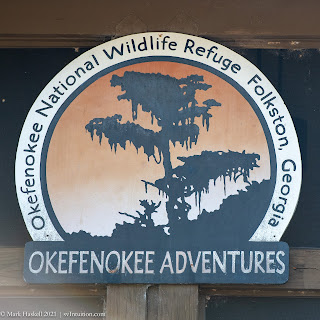
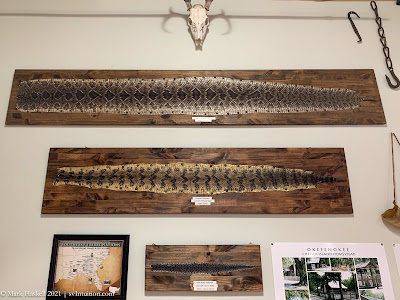
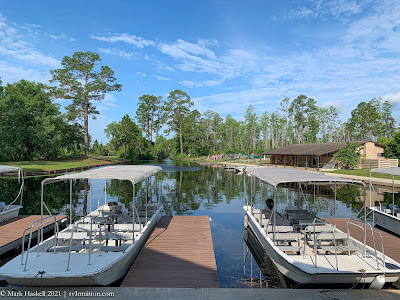
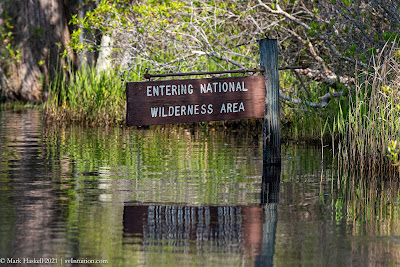
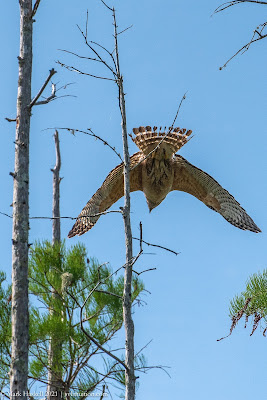
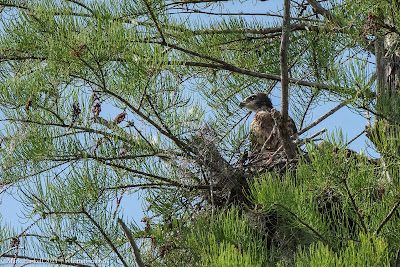
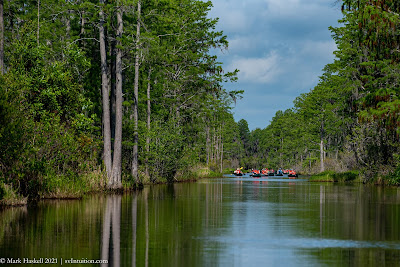
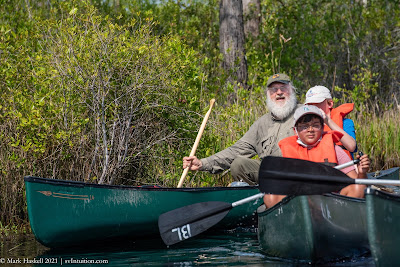
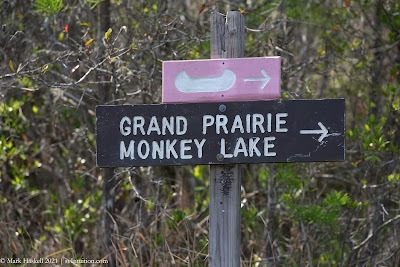
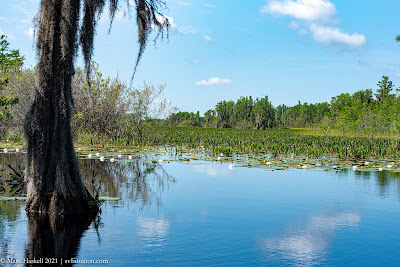
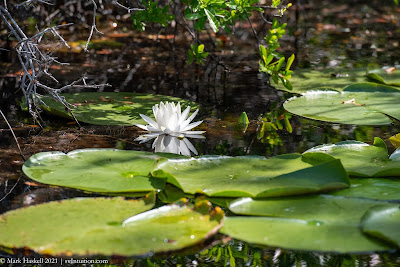
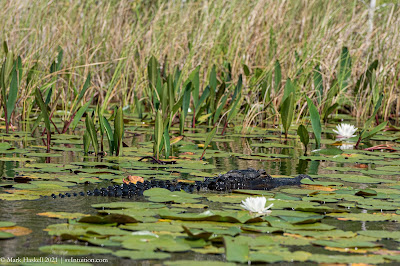
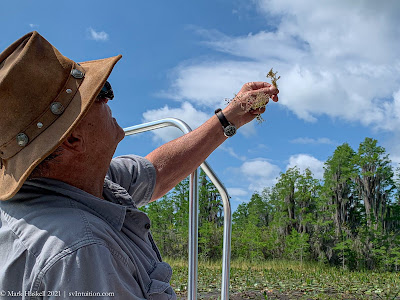
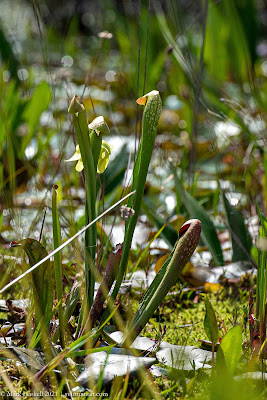

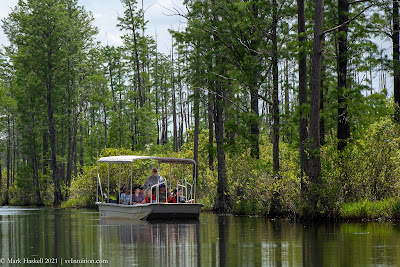

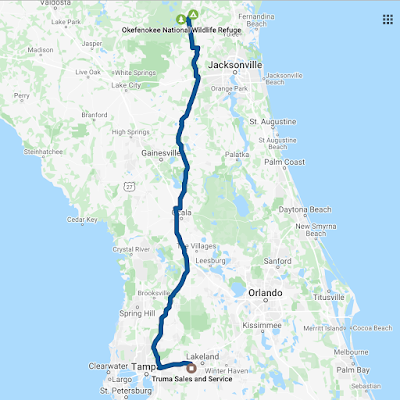
Leave a Reply